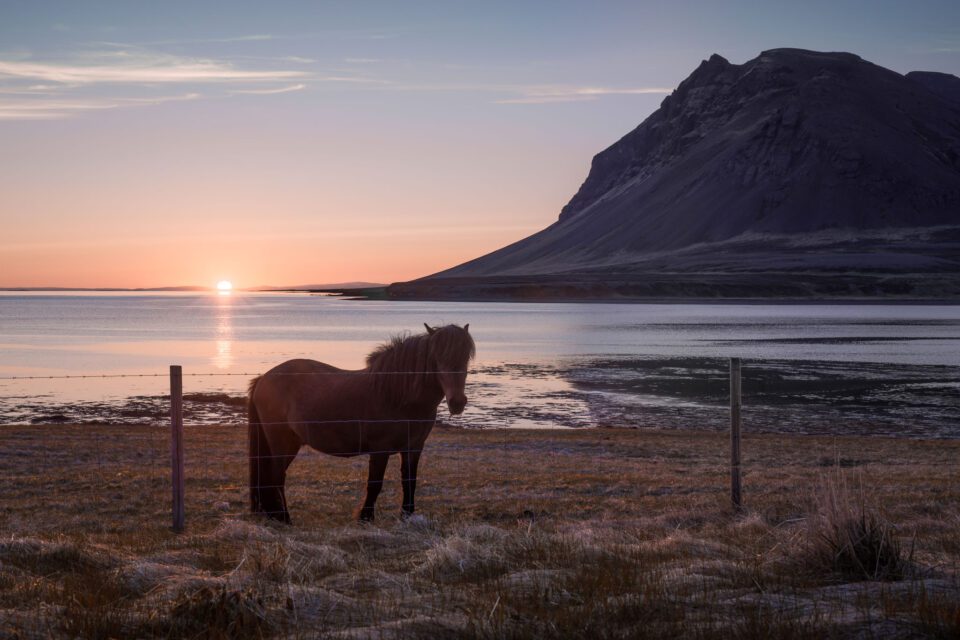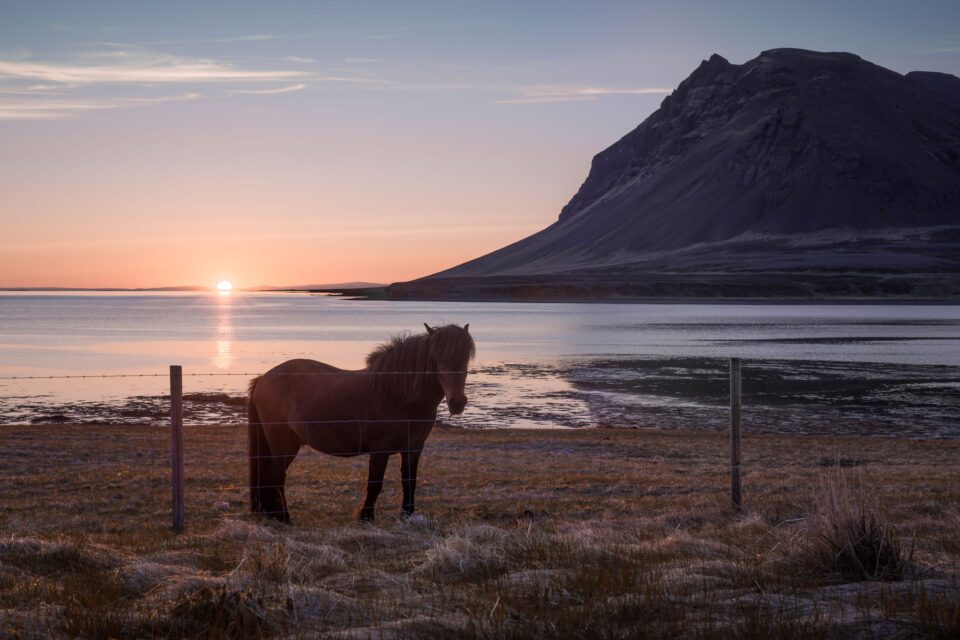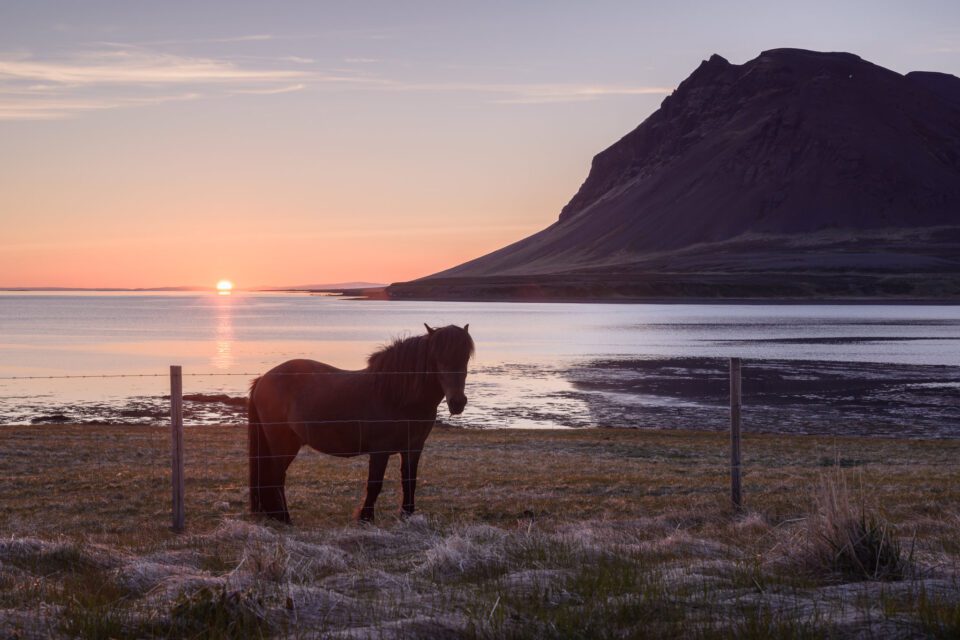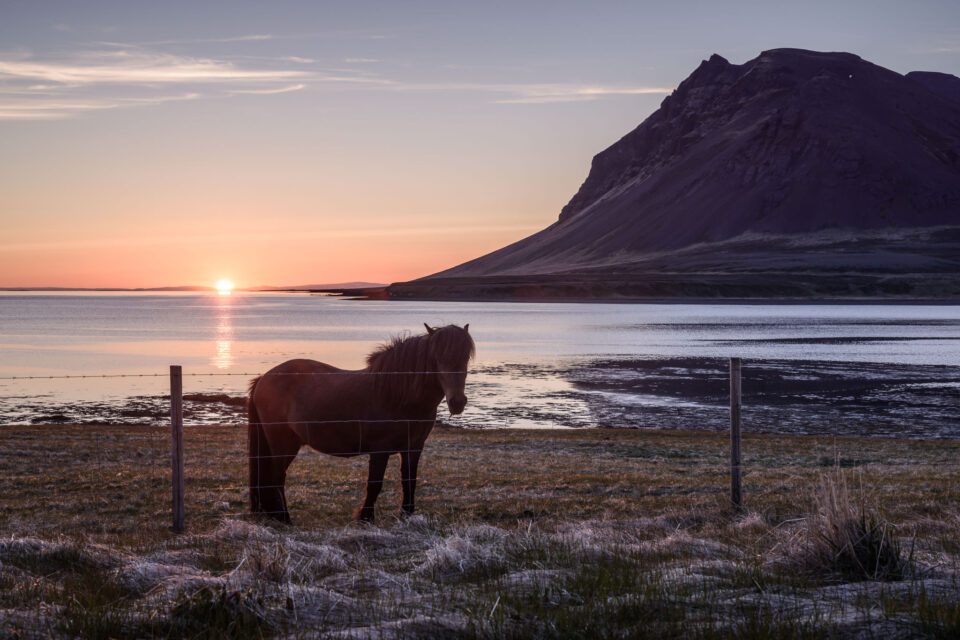كيف صورت هذه الصورة ٤؟
How Was This Picture Made #04?
To continue our “How was this picture taken?” series, I would like to invite our readers to analyze this photograph and try to figure out how it was made. It may not seem out-of-the-ordinary at first glance, but this was one of the most technically-difficult photographs I have ever taken. In fact, my post-processing was particularly interesting for this image, and I employed a technique that I have used only three or four other times in my life.

Here are the questions related to this image:
كيف صورت هذه الصورة ٤؟
لمواصلة سؤالنا "كيف تم التقاط هذه الصورة؟" أود أن أدعو قرائنا إلى تحليل هذه الصورة ومحاولة معرفة كيفية التقاطها. قد لا يبدو الأمر غير عادي للوهلة الأولى، ولكن هذه كانت واحدة من أكثر الصور الفوتوغرافية التي التقطتها على الإطلاق صعوبة من الناحية الفنية. في الواقع، كانت عملية المعالجة اللاحقة التي قمت بها مثيرة للاهتمام بشكل خاص لهذه الصورة، واستخدمت تقنية لم أستخدمها إلا ثلاث أو أربع مرات أخرى في حياتي.

فيما يلي الأسئلة المتعلقة بهذه الصورة: هل هذه صورة فوتوغرافية واحدة؟ ما هي المعالجة اللاحقة "غير العادية" التي قمت بها لهذه الصورة؟ هل استخدمت أي مرشحات أثناء وجودي في الميدان؟ ما هي الإعدادات التي استخدمتها للصورة؟ على وجه الخصوص، ما هو تعويض التعريض الضوئي الخاص بي (باستخدام معايرة المصفوفة)؟ وللمتعة فقط - هل تم التقاط هذه الصورة عند شروق الشمس أم غروبها؟
How Was This Picture Made #04?
To continue our “How was this picture taken?” series, I would like to invite our readers to analyze this photograph and try to figure out how it was made. It may not seem out-of-the-ordinary at first glance, but this was one of the most technically-difficult photographs I have ever taken. In fact, my post-processing was particularly interesting for this image, and I employed a technique that I have used only three or four other times in my life.

Here are the questions related to this image:
- Is this a single photograph?
- What “unusual” post-processing did I do for this image?
- Did I use any filters while I was in the field?
- Which settings did I use for the photo? In particular, what was my exposure compensation (using matrix metering)?
- And just for fun – was this photograph taken at sunrise or sunset?
كيف صورت هذه الصورة ٤؟
لمواصلة سؤالنا "كيف تم التقاط هذه الصورة؟" أود أن أدعو قرائنا إلى تحليل هذه الصورة ومحاولة معرفة كيفية التقاطها. قد لا يبدو الأمر غير عادي للوهلة الأولى، ولكن هذه كانت واحدة من أكثر الصور الفوتوغرافية التي التقطتها على الإطلاق صعوبة من الناحية الفنية. في الواقع، كانت عملية المعالجة اللاحقة التي قمت بها مثيرة للاهتمام بشكل خاص لهذه الصورة، واستخدمت تقنية لم أستخدمها إلا ثلاث أو أربع مرات أخرى في حياتي.

فيما يلي الأسئلة المتعلقة بهذه الصورة: هل هذه صورة فوتوغرافية واحدة؟ ما هي المعالجة اللاحقة "غير العادية" التي قمت بها لهذه الصورة؟ هل استخدمت أي مرشحات أثناء وجودي في الميدان؟ ما هي الإعدادات التي استخدمتها للصورة؟ على وجه الخصوص، ما هو تعويض التعريض الضوئي الخاص بي (باستخدام معايرة المصفوفة)؟ وللمتعة فقط - هل تم التقاط هذه الصورة عند شروق الشمس أم غروبها؟








تعليق